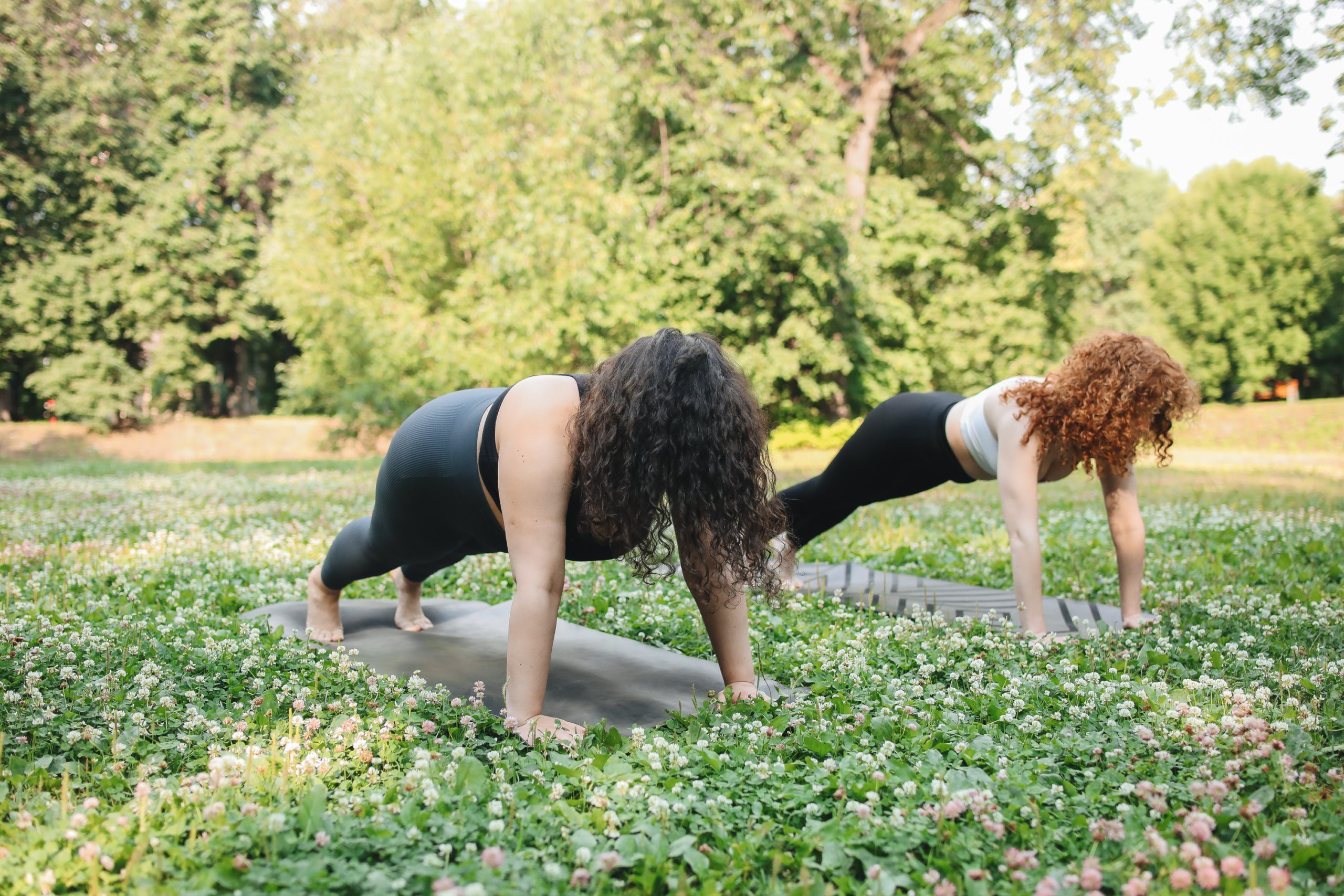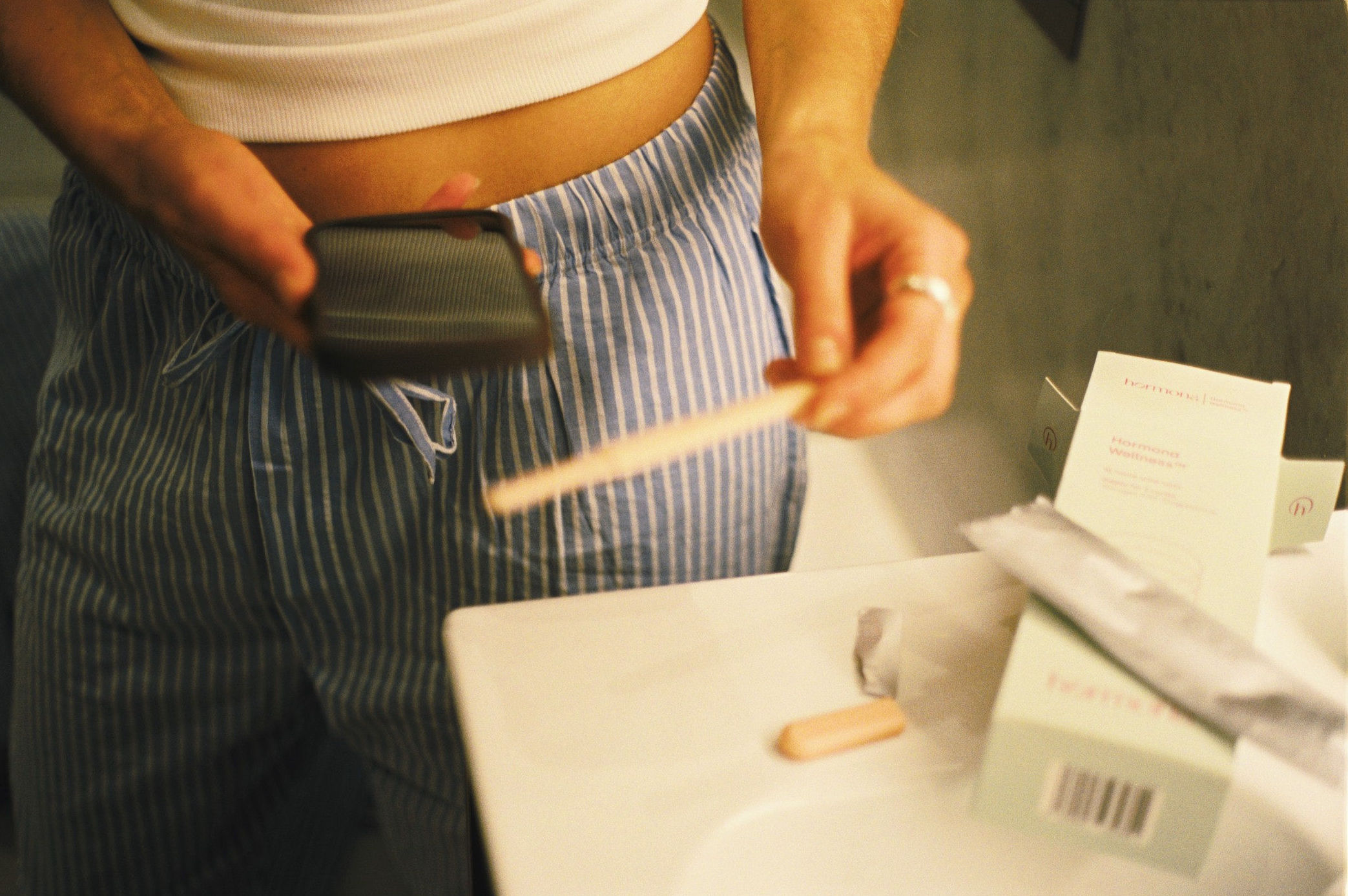Home > Female Body > Menstrual cycle > Exercise and the menstrual cycle


Have you noticed that your energy levels or ability to exercise changes throughout the month? Sometimes exercise just seems way too hard and sometimes you feel great! It might be that the changes in your hormones are causing this. Today we are going to look at the effect that the menstrual cycle and the hormonal changes have on exercise.
Unfortunately, there is not a lot of good evidence about exercise and the menstrual cycle. There is a long history of women being excluded from scientific studies because the menstrual cycle was considered “too complicated”. It was thought that the hormonal changes would reduce the quality of the data. This is particularly seen in sport and exercise science where most of the evidence applies to men. Researchers have recently started to specifically study the effect that the menstrual cycle has on exercise so we are starting to understand this better. It is worth noting that there is still a lot of research to be done about exercise and the menstrual cycle. A lot of the studies that exist have only provided low-quality results.
It is important to remember that all women experience their cycles differently. What works for someone else might not necessarily work for you, and it’s really important to know how to deal with your period. This article will summarise the basics of what we know so far and hopefully, researchers will keep investigating and we will be able to learn more.
To understand how our cycles affect exercise we need to understand the basics of how our hormones change. The main hormones involved in the menstrual cycle are estrogen and progesterone and they have effects on our exercise performance.
Let’s quickly go over the hormonal changes of the cycle:
The length of the menstrual cycle flow is different for different women but we will use a 28-day cycle as an example.
Day 1 is the first day of bleeding and the period usually lasts between 5-7 days
Days 1-14 are called the follicular phase and this is when the levels of luteinising hormone (LH) and follicle-stimulating hormone (FSH) are rising. The oestrogen level is also increasing.
Day 14 is ovulation (when the ovary releases an egg)
Days 15-28 are the luteal phase and this is when LH and FSH are low, while progesterone is increasing. Oestrogen also increases slightly as well
The progesterone levels dropping towards the end of the cycle is what tells your body it is time to start the next period. This cycle continues each month until you start approaching menopause (when your periods stop) unless you get pregnant.
This explanation of the cycle assumes your periods are regular. If you have irregular periods, it can be even harder to work out how your cycle affects exercise.
Hormones fluctuate throughout the cycle. There are 3 key times in the cycle that researchers recognise to test hormone levels: early follicular phase or days 1-5 (when oestrogen and progesterone are low), late follicular phase or days 6-12 (when oestrogen is high and progesterone is low) and mid-luteal phase or days 20-23 (with both oestrogen and progesterone are high). These different times in the cycle are relevant to exercise. It is worth noting that a lot of the research focuses on the early follicular phase and the mid-luteal phase (when both hormones are either low or high) and does not investigate the effect of high oestrogen and low progesterone (late-follicular phase).
During your period you may not feel like doing much exercise, especially if you have significant symptoms like breast pain, cramps, nausea or headaches. These symptoms can be helped with lower-intensity exercise such as yoga. The first few days of your cycle might be a good time to be gentle with yourself. Usually, after day 3-5, the oestrogen levels start to rise which might mean you feel more able to do more intense exercise. Some women find that exercising during their period helps with their symptoms though, so it is a matter of working out what is best for you. Exercise releases hormones in your brain such as endorphins and serotonin that improve your mood. In this way, exercising during your period can have a positive effect on your mood as well as improving pain.
Some studies have shown that exercise performance reduces during the early follicular phase, however, the evidence for this is not substantial and does not necessarily mean it occurs for everyone.
One of the effects of oestrogen is to build muscle. This means that the times during your cycle when oestrogen is high may be better for pushing yourself through hard workouts. The middle of your cycle might be when you feel the most capable of working harder with strength training or cardio because the oestrogen levels are higher.
The middle of the cycle (around ovulation) is when oestrogen levels are highest and is often when women feel their best in terms of mood, energy and motivation. If this happens for you, you can use this to your advantage in terms of your exercise habits.
There is also some evidence, however, that around the time of ovulation (when oestrogen levels are the highest) there might be a higher risk of injury to tendons or ligaments. This doesn’t mean you shouldn’t exercise but if you are prone to injury or are worried then a bit more time spent warming up might be helpful. Oestrogen can also improve your mood which may make you feel more motivated to work out. It can also protect you from muscle damage and improve your recovery by reducing the inflammatory response. High oestrogen levels might also improve muscle performance, especially during intense exercise.
It is also possible that higher levels of oestrogen might make your body burn fat for energy ahead of carbohydrates. This could mean that during the late-follicular and mid-luteal phases of your cycle your body might burn fat more easily. This evidence isn’t strong though and further research is needed to investigate this.
Progesterone rises during the luteal phase of the cycle and is thought to have anti-oestrogen effects. This may mean that the benefits of oestrogen are more prominent during the late follicular phase when oestrogen is high and progesterone is low. There is no good-quality evidence to prove this at the moment though. Some women notice the progesterone rise in the luteal phase in terms of how they feel, but some women don’t notice this. Increasing muscle strength might be easier to achieve in the first half of your cycle (follicular phase) than in the second half (luteal phase). This is because the oestrogen isn’t “competing” with progesterone. The anti-oestrogen effects of progesterone also mean that some women find their mood and energy levels are lower as progesterone rises.
Rising progesterone also increases your temperature slightly. This might cause you to have trouble if you already struggle to exercise in the heat. It might be a good idea to reduce the intensity of your workouts in the second half of your cycle. Walking, yoga or other low-intensity activities might be good during this time. Progesterone may also affect the way your brain learns new skills so it might be better to stick to things you can already do during the luteal phase.
There is also some evidence that towards the end of the cycle our metabolism speeds up. This might be why people find themselves craving carbs just before their period starts!
There is also evidence to suggest that being on the combined oral contraceptive pill (often referred to as “the pill”) can reduce exercise performance. Being on the pill reduces the amount of oestrogen and progesterone that your body produces naturally (because you are taking these hormones externally). This mimics the early follicular phase of the cycle.
This evidence is still new though and needs further research to confirm whether this effect is significant or not.
So far, the evidence has found only a small effect of reduced exercise performance during the early follicular phase. At the moment, this might only be relevant to elite athletes. However, if we track our own cycles we might find useful patterns that can help us make the most of our exercise routines.
The recent research still doesn’t provide enough evidence to give general advice about changing your exercise habits according to your cycle. It also seems that everyone responds slightly differently to their hormonal changes, depending also on the menstrual stage they are in. The best way to work out how to exercise in relation to your own cycle is to track your cycle. This can be with a diary or on one of the many apps that exist to track your cycle. By noting how you feel during your cycle you will be able to work out how to make the most of your exercise.
References:
Bruinvels G, Burden RJ, McGregor AJ, Ackerman KE, Dooley M, Richards T, et al. Sport, exercise and the menstrual cycle: Where is the research? Vol. 51, British Journal of Sports Medicine. England: British Medical Association; 2017. p. 487–8.
Janse DE Jonge X, Thompson B, Han A. Methodological Recommendations for Menstrual Cycle Research in Sports and Exercise. Vol. 51, Medicine and science in sports and exercise. United States: American College of Sports Medicine; 2019. p. 2610–7.
McNulty KL, Elliott-Sale KJ, Dolan E, Swinton PA, Ansdell P, Goodall S, et al. The Effects of Menstrual Cycle Phase on Exercise Performance in Eumenorrheic Women: A Systematic Review and Meta-Analysis. Vol. 50, Sports Medicine. New Zealand: Wolters Kluwer Health, Inc; 2020. p. 1813–27.
Saner, E. The menstrual month: how to exercise effectively at every stage of your cycle. The Guardian; 2021. Available from The Guardian
Disclaimer: This website does not provide medical advice. The information, including but not limited to, text, graphics, images and other material contained on this website are for informational purposes only. No material on this site is intended to be a substitute for professional medical advice, diagnosis or treatment. Always seek the advice of your physician or other qualified health care provider with any questions you may have regarding a medical condition or treatment and before undertaking a new healthcare regimen, and never disregard professional medical advice or delay in seeking it because of something you have read on this website.

-


Dr Singh is the Medical Director of the Indiana Sleep Center. His research and clinical practice focuses on the myriad of sleep.

The benefits of a hormone-balancing diet While being on a diet to regulate hormones may not sound like fun at first, once you begin seeing the benefits, you’ll wonder why you waited so long to start. As women, our bodies

What is an LH surge? If you’re tracking your hormones, you’ve probably noticed a drastic increase in your LH levels around the middle of the month, near the time you ovulate. It may make you wonder,” Why is my LH

When do you ovulate after giving birth? The postpartum whirlwind can make life extra hectic, and it’s easy to lose track of where you are in your menstrual cycle. Just like every woman is unique, so is the healing period
Hormona© 2024, All Rights Reserved
| Cookie | Duration | Description |
|---|---|---|
| cookielawinfo-checkbox-analytics | 11 months | This cookie is set by GDPR Cookie Consent plugin. The cookie is used to store the user consent for the cookies in the category "Analytics". |
| cookielawinfo-checkbox-functional | 11 months | The cookie is set by GDPR cookie consent to record the user consent for the cookies in the category "Functional". |
| cookielawinfo-checkbox-necessary | 11 months | This cookie is set by GDPR Cookie Consent plugin. The cookies is used to store the user consent for the cookies in the category "Necessary". |
| cookielawinfo-checkbox-others | 11 months | This cookie is set by GDPR Cookie Consent plugin. The cookie is used to store the user consent for the cookies in the category "Other. |
| cookielawinfo-checkbox-performance | 11 months | This cookie is set by GDPR Cookie Consent plugin. The cookie is used to store the user consent for the cookies in the category "Performance". |
| viewed_cookie_policy | 11 months | The cookie is set by the GDPR Cookie Consent plugin and is used to store whether or not user has consented to the use of cookies. It does not store any personal data. |
